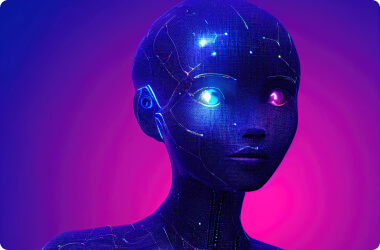Braine detail
- Home
- Braine detail

AI in Game Physics and Realism: Bringing Virtual Worlds to Life
One of the most impressive ways AI enhances video games is by improving physics simulations and overall realism. Traditional game physics often relied on rigid rules and pre-set animations, but AI has changed the game by introducing dynamic, real-time calculations that make environments feel more lifelike.
For example, AI-driven physics engines can calculate realistic object collisions, fluid dynamics, and environmental destruction. In games like Red Dead Redemption 2, AI helps simulate lifelike animal behaviors, natural weather changes, and even how characters react to different surfaces. In The Legend of Zelda: Breath of the Wild, AI-powered physics allows players to interact with the environment in unexpected ways—whether it's cutting down trees to create bridges or setting grass on fire to change enemy tactics.
Another area where AI is making a huge impact is ragdoll physics and character animation. Advanced AI algorithms ensure that characters react more naturally to hits, falls, and interactions, making movements less robotic and more fluid. AI can also enhance facial expressions, making in-game characters display emotions more convincingly.
With AI-driven physics, the gap between virtual and real-world interactions is shrinking, making gaming experiences more immersive and believable.
